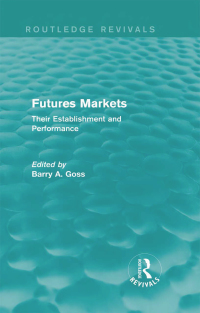Question
New regulations mean that prime money market funds would have to price shares in a fund purchased by institutional investors at the funds net asset
New regulations mean that prime money market funds would have to price shares in a fund purchased by institutional investors at the funds net asset value (NAV) rather than maintain the fund price at a constant $1. As a result, institutional investors might suffer losses on their holdings of these investments. In addition, during a financial crisis, the funds managers could impose restrictions on redemption of fund shares. An article in the Wall Street Journal notes that just before the new regulations became effective, institutional investors pulled more than $400 billion out of these funds, leaving the funds at their lowest level since 1999. The article concludes: The test of the new rules [with respect to prime money market funds] will be whether the gains in safety will outweigh the economic impact of the decline in lending.
a. What type of risk did regulators hope to reduce with the new rules? How might the new rules reduce this type of risk?
b. Why does the article indicate that the new rules might result in a decline in lending? What type of lending is the article referring to?
Step by Step Solution
There are 3 Steps involved in it
Step: 1

Get Instant Access to Expert-Tailored Solutions
See step-by-step solutions with expert insights and AI powered tools for academic success
Step: 2

Step: 3

Ace Your Homework with AI
Get the answers you need in no time with our AI-driven, step-by-step assistance
Get Started


